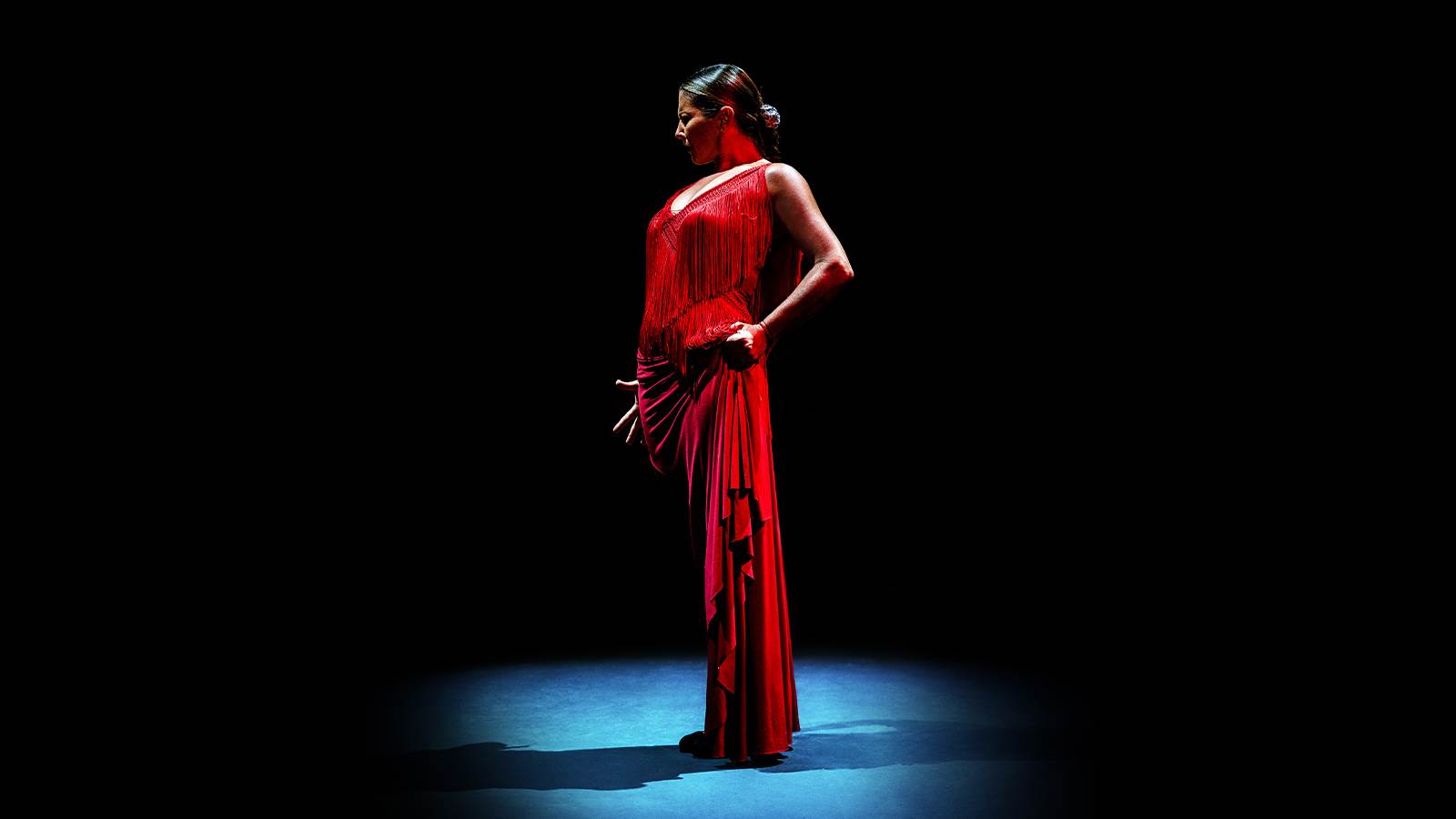Día del Flamenco, November 16th. What a fantastic day to be living in Andalusia, Spain! The celebration of this day holds immense significance for many here in the sunny South of Spain. Flamenco is not just a musical genre; it embodies the spirit, passion, and cultural richness of Andalusia, the region in southern Spain from where flamenco originates. This genre, encompassing dance, music, rhythm and colour, weaves together various influences—Moorish, Jewish and Gypsy—creating a tapestry that reflects the diverse history of the Iberian Peninsula.
The origins
The truth behind this art form is quite dark and deep. It began as a form of expression of the marginalised group of people, specifically the Gypsies. Through their dances, the vocals and their instruments, they shared their struggles, sorrows and also their joy. Flamenco was always about purity and intensity, reflected in every strum of the guitar and every heartfelt note. It is a form of storytelling like no other. Stronger and intenser, and more real, than any other.

There is not really a specific date when Flamenco came to be. It was something that emerged and developed over time due to the great blend of cultures for over approximately 2 centuries. The origin must have begun somewhere around the 15th Century, when the different civilisations came to Spain, Andalucía, and made Andalucía their home.
Flamenco as a music genre
Flamenco is famously known for the beautiful dances and the great festive dresses. The ladies accessorise themselves with roses, peinetas, mantones, ear rings, abanicos… But before we get into the aesthetics and the dances, we want to emphasise the complexity of the music.
Given it’s only a few centuries old, it’s a relatively young music genre. Based on the beat and the pace of the beat, the music can be sub-categorised into different groups. For example: a 12 bar beat, with the accents on the 3,6,8,10 and 12, can either be a soleá, alegría or bulería. So, then how can you know which one it is? By listening and feeling. The soleá is much slower, the notes are often played in a minor scale, making the music much deeper and often, sad. An alegría has a very comfortable velocity and is filled with major tones, creating very happy and joyous music. Finally, the bulería, this one is fast. Like an F1 race car passing by. It’s exciting, thrilling, innovating, unexpected. It’s beautiful.
Those are just 3 examples of subcategories. You also have the jotas, the tangos, the tientos, the malagueñas, the fandangos and so much more!
Instruments
The main character of the music is without a doubt the guitar. There is even a very specific flamenco guitar that ought to be used, and not the classic guitar. The guitar players combine many different playing techniques simultaneously, creating a combination of notes, sounds, vibrations and beats that no one other than flamenco guitar players can imitate.

(Photo by Rafael Galán García)
Another very important instrument is the cajón, the main form of percussion. It was Paco de Lucía who introduced the cajón in Flamenco, revolutionising the entire genre. Another form of percussion, more used by the dancers, are the elegant castañuelas. They have a very peculiar and very distinguishable sound, marking the rhythm in the music, and decorating the music with unexpected sounds.
Now here are 2 of my personal favourite “instruments”. Not all instruments have to be material, they can also be our very own body. And that is the case for flamenco. The flamenco shoes, worn by the bailaores, and of course, the palmas (clapping with your hands) are significant elements in the flamenco music that make it complete.
Flamenco Dancing
The first dancers of Flamenco were often women, who used their bodies as instruments of expression. They danced not just for entertainment but as a means of catharsis—a release of emotions, a way to cope with a turbulent life filled with hardship and adversity. The dance is fiercely personal and intimate, resonating deeply with both the performer and the observer. The improvised nature of Flamenco allows for an emotional spontaneity that can transform each performance into a unique experience, filled with genuine sentiment.
Flamenco is an eternal flame—a representation of the human experience in its purest form. It is the embodiment of pain and celebration, loss and joy. It allows us to connect across cultural lines, sharing our humanity through rhythm, melody, and dance. Flamenco is, in essence, life itself; passionate, tumultuous, and undeniably beautiful.
Choreography by Juana Mari Gil, Head of the Dance School in Casares.
Danielle Ernstsen | 16th November 2024

